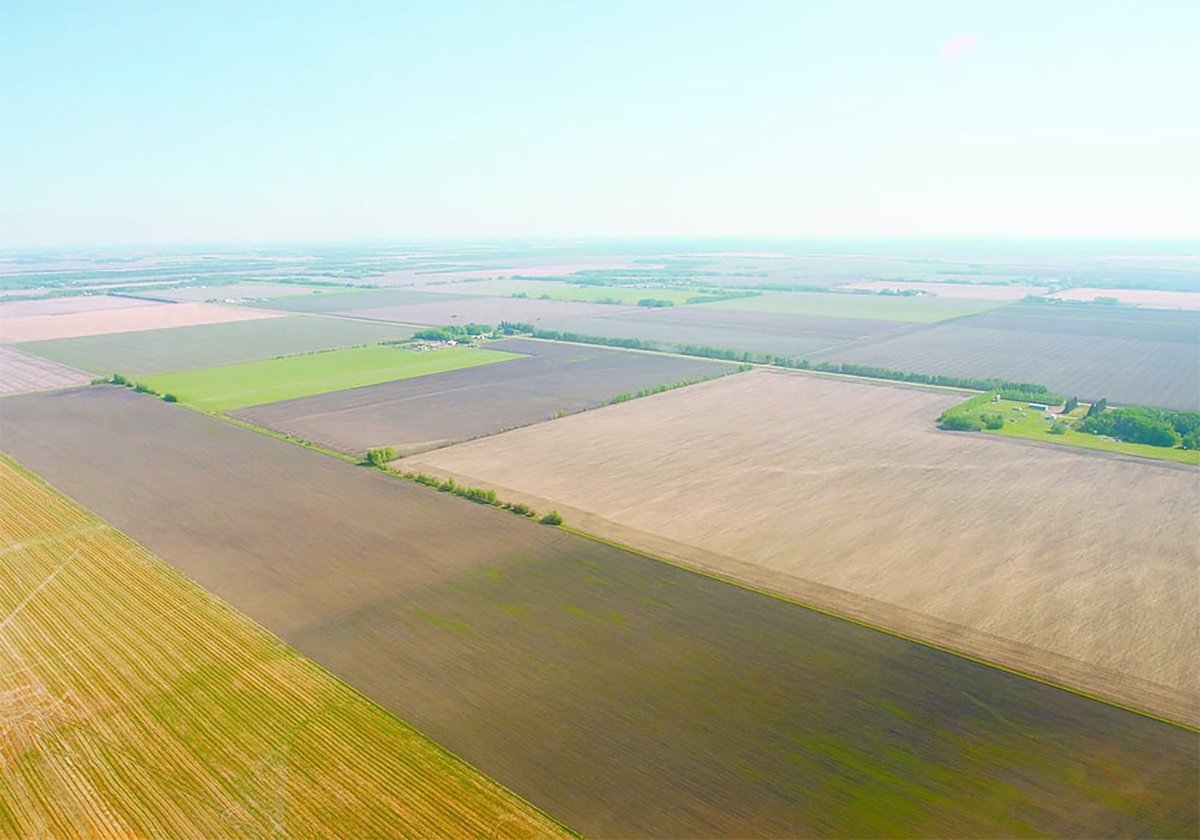A Saskatchewan insect control specialist thinks he knows how the cabbage seedpod weevil is spreading across the Prairies.
“It could be hitchhiking. We don’t know for sure, but that’s certainly a potential,” said Scott Hartley of Saskatchewan Agriculture.
“It’s a best guess because the movement has been more west to east rather than going north.”
The weevil has been migrating fast and far every year and has now reached the Manitoba border.
Based on this migration pattern, Hartley surmises the cruciferous feeders could be catching a free ride along the Trans-Canada Highway and by rail.
Read Also

Saskatchewan amends farm land ownership regulations
The Canada Pension Plan Investment Board can no longer own Saskatchewan farmland.
“Maybe it’s sprouting canola on a rail car or something that’s attracted them,” he said.
“Any equipment being moved down from Saskatoon or further north in the province coming down into the southwest and then going back north.”
Hartley said he saw this tendency first hand while conducting surveys in southwestern Saskatchewan.
“If you’re on the edge of a canola field, they’ll readily come towards your car. They’re flying around,” he said.“Just pulling into the approach near a field, right away they could latch on.”
The problem is there’s no way to prevent this spread.
Hartley said he originally theorized that westerly winds were helping the weevil along, but further research has revealed that it stays close to the ground during high winds.
Like the flea beetle, it successfully over-winters as an adult just underneath snow cover, usually in field margins, shelter belts or where there is vegetative debris.
It starts moving into a canola field once temperatures begin rising, attracted by the yellow flowering.
“It’ll feed a bit on the foliage at first and then ultimately when the pods start to develop is when they lay their eggs in the pod, hence the name cabbage seedpod weevil,” he said.
Larvae feed inside the pod and then create an exit hole that can bring in more disease and further effects quality and yield.
“You can end up with some downgrading of the seed or yield loss through premature shattering if the integrity of the hull is broke,” he said.
Two years ago was a banner year for its numbers. Populations will fluctuate in some areas, but range and distribution are increasing.
A cooler than normal spring will delay its spread, but cooler temperatures will also delay canola growth.
Crop rotation and insecticides are the only available control methods.
Hartley cautioned producers not to mistake cabbage seedpod weevils with other weevils that flourish and have a much longer history on the Prairies.
They are also beneficial because they feed on native weeds along field edges, he added.
“Just because you see a weevil in the field margins, that’s not the place to try and control them,” he said.
“It’s something like 14 to 16 different weevil species that can be present in wild cruciferous weeds,” he said.
“Only one of those is cabbage seedpod weevil, the others are not.”
Misidentification has led to several false reports in areas not yet identified as having them.
“Not yet anyway,” he said.

















